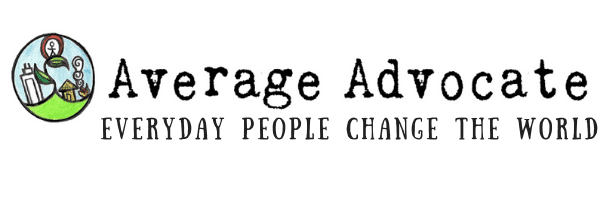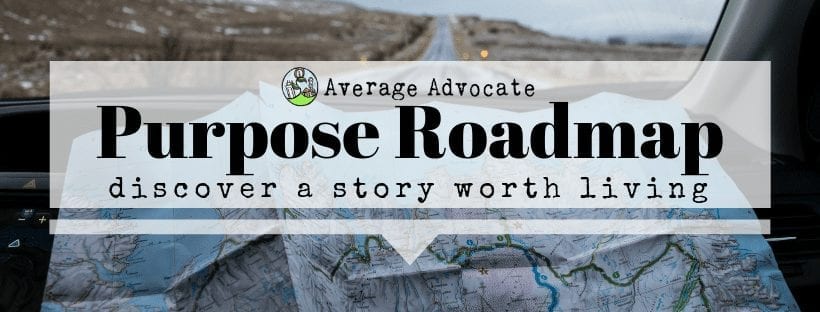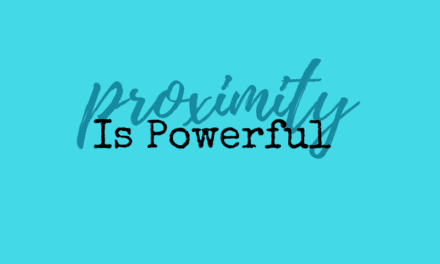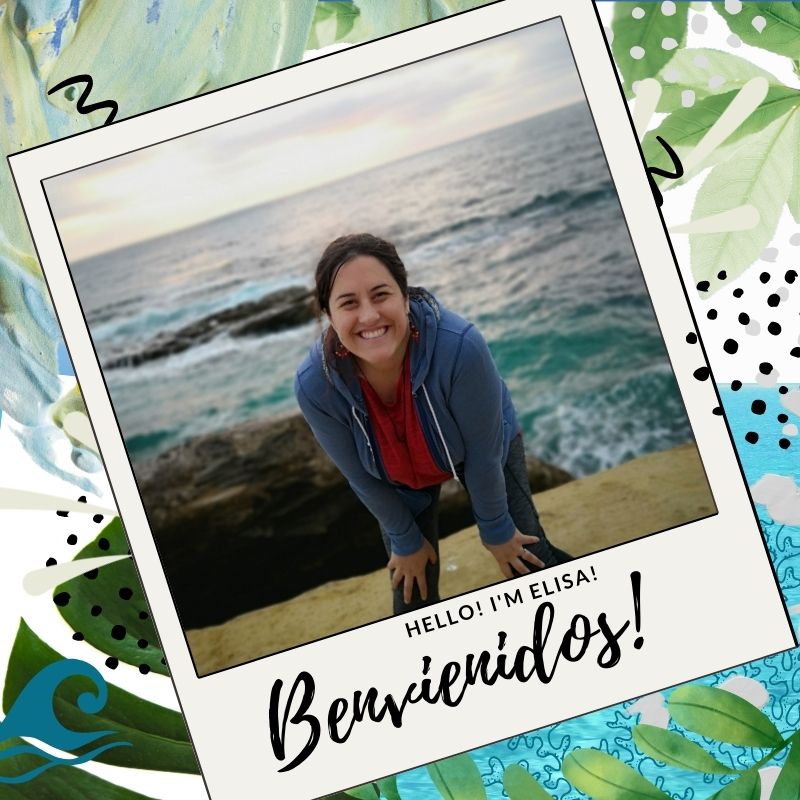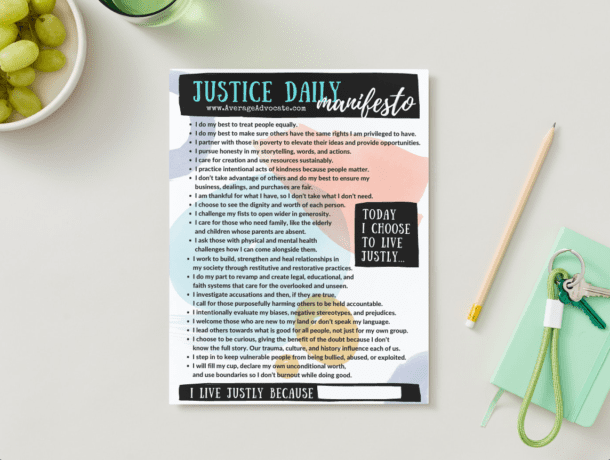Recently I’ve been avoiding the news. Besides knowing the headlines, I can’t take too much in, especially in response to the Israel-Palestine conflict whose gory details are splattered all over the news. Have you ever watched a story on the news and felt pretty overwhelmed? This makes sense, it shouldn’t be a surprise we are going to respond to the injustices we see and hear of. Our responses reflect the trauma responses of flight, flight, freeze and fawn.

What is Fawning?
Earlier this year, trauma-training specialist, Michelle, taught me about a response to the classic “flight, flight, and freeze” that I didn’t know about, “fawn”. I am pretty familiar with practice as I do it frequently, but I didn’t consider it a trauma response. Fawn generally looks like people pleasing or co-dependent types of behaviors including bending over backward to reduce threatening conflict. As a recovering people-pleaser myself, I began noticing how I would do this under stress, when my brain was responding to danger.
Then, since putting together the Five Phases of Rising Up Guide (pick it up free!) I’ve paid a lot of attention to the way people respond to social issues and why. I’ve definitely noticed how trauma frameworks and personality contributes to the way we everyday changemakers respond to injustices.
Flight, Fight, Fawn and Freeze
But it wasn’t really until @jenaiauman pointed this out, our human response to danger flight/fight/freeze intertwined with our responses to Israel/Palestine a couple weeks ago, did these pieces really fall together. It prompted an interesting conversation with my therapist, talking about the secondary trauma we take on through engaging in too much news consumption or other ways of learning about injustices. As Phase One and Two of Rising Up are largely related to engaging in information about social issues, and experiencing the feelings in response to a social issues becoming and feeling real, this is especially important for us to pay attention to. We all experience this.
I’m not a therapist, and although I have trauma-informed training, take my little Venn Diagram as observations rather than professional statements based on research. Last disclaimer: These aren’t exhaustive responses.
However, after practicing and leading in activism spaces for 20 years, hands down, these most frequent responses I see when we become aware of injustices.
Responses To Injustice:
#1. Outrage
The first is outrage. I often call this angry activism. We all go through phases of angry activism or righteous indignation. The danger of this is that outrage typically results in call-outs or cancel-culture, which do not produce accountability or lead to sustainable change. This response to injustice can be linked to the fight response to trauma. Even if we are experiencing this trauma second-hand, it still affects us deeply and we get into protective stances to defend those most vulnerable, especially as our empathy increases.
#2. Withdraw
Withdraw reflects the trauma responses of freeze or flee. People who turn off the news beyond seasons of cocooning or like to pretend nothing is happening are usually responding to feeling overwhelmed by secondary-trauma to the social issues that is at hand. And although this response makes sense, it too is something we have to practice overcoming or else we will never become active in a healthy way to create social change.
#3. Do Everything
This response, to do everything, can also reflect the trauma response of fawning. My experience with burnout in practicing doing good can be linked to this response. If you also tend to “fawn” in danger (people-please), you might find yourself responding to social issues by trying to carry and manage it all in order to bring peace to conflict. We try to be as empathetic and understanding of every perspective, and try to do good on all fronts. But we can’t hold that all for others, give to this degree, and care for ourselves at the same time. Even if our response makes sense, it isn’t our job to do everything.
Injustices in Israel-Palestine Conflict
So how am I handling those big feelings that trigger me as I look at the news? Here’s what I wrote about processing my beliefs on the Israel-Palestine conflict:
When I hear about what is happening in the Middle East, I pray, lament, and grieve the violence perpetuated. Then I make boundaries for how much secondary trauma I take-in, through the stories I hear and media I read. Ingesting the evils of war without limits doesn’t actually help anyone. Nor, contrary to popular belief, is it necessary to take on trauma to stand with others.
(This is from my post on my trip to Israel/Palestine here)
Empathy requires us to sit with others, to put oursevles in their shoes. There is a passage from my faith that puts it well:
Laugh with your happy friends when they’re happy; share tears when they’re down.
Romans 12:15 MSG
But even in that, there are boundaries. Otherwise, we become co-dependent. Our response becomes the fawn in “fight, flight, freeze, fawn.” We can hold space for ourselves while also holding space for others. Sometimes, this is hard, nearly impossible. Especially when we are actually responsible for others, not just taking on responsibilities that aren’t ours. For example, a parent caregiving for their child, or child for their parent. A foster kid, or someone in the case of recovery with a caregiver. It is why building community to walk with us is so essential, even if we are in survival mode until we can find help.
When we are triggered by social issues like the conflict in Palestine and Israel, we must take short spaces of healthy withdrawal. This doesn’t mean what I’ve always called “cocooning” to recalibrate and get back to ourselves. And for those who are freezing or fleeing, usually I encourage them to move into Phase Three, of Rising Up, through small safe actions. And for those who are fighting in outrage, Phase Two addresses their emotions and how to not let angry activism burn everything up at their anger, sadness, and grief from what is happening in the Middle East.
Look For Overlaps in Your Responses With Trauma Responses
I feel like this goes without stating, but I am just going to say it loud and clear–pay attention to your responses to the news or other information about injustices that is coming at your! Pause and notice. Ask yourself questions like these:
- How do I feel?
- What does it make me want to do?
- What response serves me best while staying connected and loving towards others?
- Ask yourself these three questions: What to do with a need?
In the meantime, I’ll continue to be intrigued with how our responses to injustices overlap with trauma responses. Hopefully someday we’ll be able to rewrite trauma-informed language into advocacy work a little better, with research to back it up to empower us as changemakers. those phases using language that we are familiar with in trauma-work.
🌿Tell me in the comments, how do you see fight, freeze, flight, and fawn at play?
I’m open to feedback! What are your thoughts! Or if you think this would be helpful to others, please share this!
Related Posts:
- Reducing Trauma’s Influence in Doing Good (A Justice Daily Interview)
- One People: On Israel and Palestine (At Authentically Elisa)
